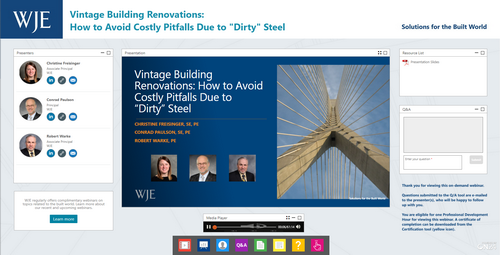Standard specifications for easily welded structural steels were not written until after the mid-to-late 1950s. Consequently, steel-framed buildings constructed before 1960 may exhibit physical features that adversely affect welding. Property owners and managers of vintage buildings as well as designers developing renovations and contractors performing the welding work should be aware of the potential for "dirty" steel and the potential for lamellar tearing (cracking in the base metal beneath a weld).
In this one-hour webinar, WJE engineers Christine Freisinger, Conrad Paulson, and Robert Warke provide a history of vintage steel and the steel-making processes that lead to "dirty" steel, explain the use of metallography for detecting soundness concerns, and provide guidance for designing joint details -- all of which are illustrated by a case study involving welding of circa-1905 structural steel.
By the end of the presentation, you will be able to:
- Describe features of unsound steel,
- Explain how weld joint design relates to lamellar tearing,
- Summarize the methodology for preparing a steel testing plan or text matrix, and
- Evaluate metallography as a tool to identify soundness concerns in vintage buildings.
more to learn
View this webinar in our interactive audience console to access related resources, submit questions to the presenters, and download a certificate of completion.
RELATED INFORMATION
-
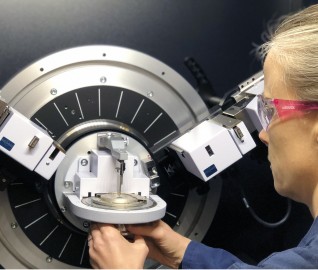 WJE's Janney Technical Center (JTC) provides advanced testing and forensic capabilities to... MORE >Labs | Janney Technical Center
WJE's Janney Technical Center (JTC) provides advanced testing and forensic capabilities to... MORE >Labs | Janney Technical Center -
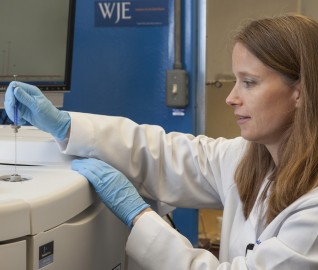 Our materials scientists provide comprehensive consulting services for the evaluation and... MORE >Services | Materials Evaluation and Testing
Our materials scientists provide comprehensive consulting services for the evaluation and... MORE >Services | Materials Evaluation and Testing -
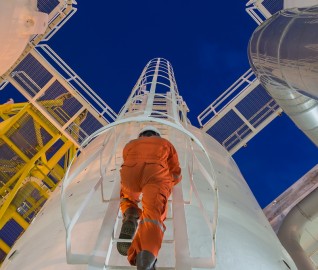 Our metallurgical and applied mechanics engineers provide solutions related to design... MORE >Services | Metallurgy and Applied Mechanics
Our metallurgical and applied mechanics engineers provide solutions related to design... MORE >Services | Metallurgy and Applied Mechanics -
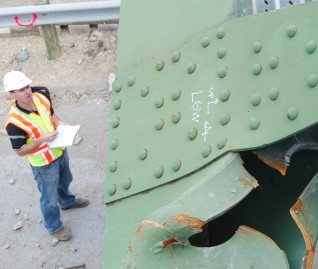 When the integrity or condition of a structure is in question, clients rely on us for answers MORE >Services | Structural Engineering
When the integrity or condition of a structure is in question, clients rely on us for answers MORE >Services | Structural Engineering



































